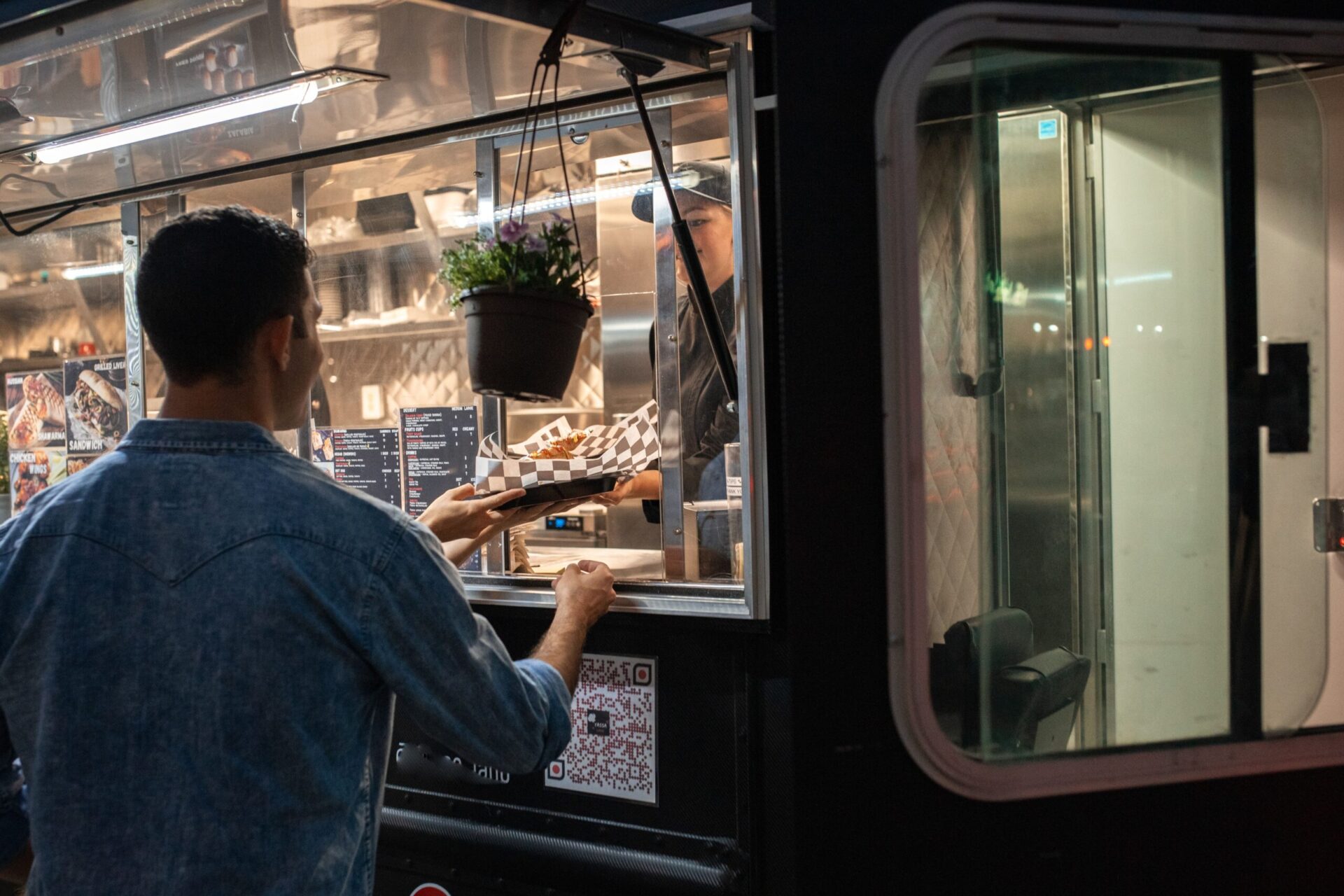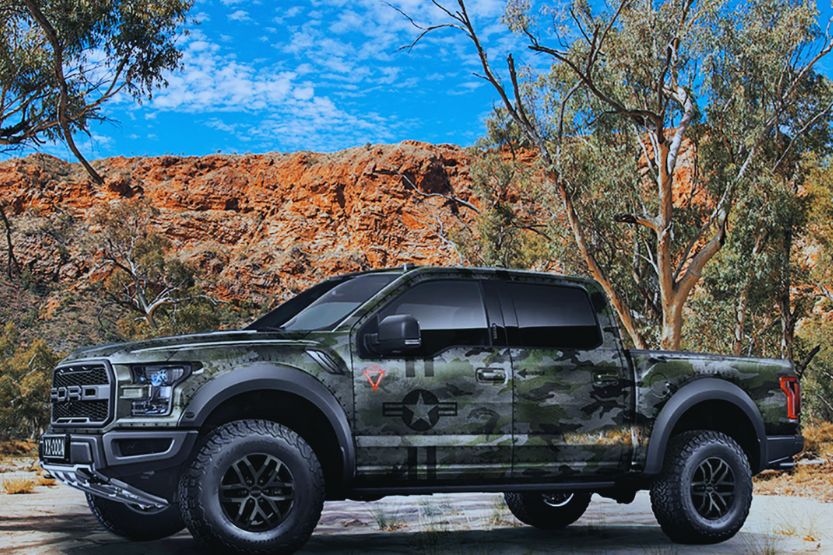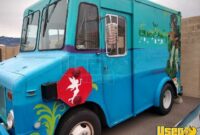How Much Does It Cost To Operate A Food Truck? pickup.truckstrend.com
The allure of the open road, the freedom to set your own schedule, and the vibrant interaction with diverse customers – operating a food truck offers a unique blend of culinary passion and entrepreneurial spirit. However, beneath the gleaming chrome and tantalizing aromas lies a complex financial reality. One of the most critical questions for any aspiring or current food truck owner is: How much does it cost to operate a food truck? Understanding these costs isn’t just about curiosity; it’s the bedrock of sustainable business planning, pricing strategies, and ultimately, profitability. Without a clear grasp of your operational expenses, even the most delicious menu can lead to financial strain.
This comprehensive guide will delve deep into the various expenditures associated with running a food truck, from the fixed monthly outgoings to the fluctuating daily costs and even the often-overlooked hidden expenses. By breaking down these elements, we aim to provide a clear roadmap for budgeting, cost management, and ensuring your mobile culinary dream thrives.
How Much Does It Cost To Operate A Food Truck?
I. Initial Startup Costs: The Foundation (A Brief Overview)
While our primary focus is on ongoing operating costs, it’s essential to briefly acknowledge the initial investment, as these often dictate recurring loan payments. Startup costs can range from $50,000 to $250,000+, depending on whether you buy a new or used truck, the extent of customization, and the type of equipment needed. This includes:
- Truck Purchase/Lease: The biggest single cost.
- Kitchen Build-Out/Equipment: Ovens, fryers, refrigerators, sinks, ventilation.
- Permits & Licenses (Initial): Business license, health permits, fire safety, vending permits.
- Initial Inventory: Stocking up your pantry and supplies for the first few weeks.
- Branding & Design: Truck wrap, menu boards, uniforms.

These foundational costs often lead to ongoing loan or lease payments, which then become a fixed operating expense.
II. Fixed Operating Costs: The Predictable Bills
Fixed costs are expenses that generally remain constant regardless of how many customers you serve or how many events you attend. These are your baseline expenses that you must cover each month to keep your truck operational.
A. Rent/Commissary Kitchen Fees

Most jurisdictions require food trucks to operate out of a licensed commissary kitchen. This is where you prepare food, store supplies, clean the truck, and dispose of waste.
- Cost: $400 – $1,500 per month, depending on location, facilities offered, and usage frequency. Some charge hourly, others monthly.
B. Insurance

Comprehensive insurance is non-negotiable for a food truck, protecting against various risks.
- Types & Cost:
- Commercial Auto Insurance: Covers the truck itself, similar to regular car insurance but for commercial use. $2,000 – $4,000 per year.
- General Liability Insurance: Protects against customer injuries, property damage, or product liability claims. $1,000 – $3,000 per year.
- Property Insurance: Covers your equipment inside the truck. Often bundled.
- Workers’ Compensation: If you have employees, mandatory in most states. Varies significantly based on payroll.
C. Loan Payments/Lease Payments
If you financed your truck or equipment, these monthly payments are a significant fixed cost.
- Cost: Highly variable, from $800 – $3,000+ per month, depending on the loan amount, interest rate, and term.
D. Permits & Licenses (Annual Renewals)
Beyond the initial setup, many permits require annual renewal.
- Cost: $500 – $2,000 per year, encompassing health department permits, business licenses, fire permits, specific city vending permits, and potentially parking permits. Costs vary greatly by city and state.
E. Payroll (Fixed Portion)
If you have salaried managers or administrative staff, their wages are a fixed cost. Even if you only have hourly staff, you might budget a minimum number of hours per week/month for core tasks.
- Cost: Varies wildly based on staffing model. $0 (owner-operated) to $3,000+ per month for fixed staff.
F. Accounting/Legal Fees
Regular bookkeeping, tax preparation, and potential legal advice.
- Cost: $100 – $500 per month (can be lower if doing much yourself, higher for full-service accounting or legal retainers).
G. Marketing & Advertising (Fixed Budget)
Costs for website hosting, social media management tools, or recurring ad subscriptions.
- Cost: $50 – $300 per month for basic fixed marketing efforts.
III. Variable Operating Costs: The Fluctuating Expenses
Variable costs fluctuate directly with your operational activity. The more you operate, the more these costs increase. Managing these effectively is key to maximizing profit margins.
A. Food & Beverage Inventory (Cost of Goods Sold – COGS)
This is typically the largest variable cost. It includes all ingredients and beverages purchased to create your menu items.
- Cost: 25% – 40% of your gross sales. For example, if you make $10,000 in sales, your COGS could be $2,500 – $4,000. Factors include menu complexity, supplier relationships, and waste.
B. Fuel
Fuel is needed for driving the truck to locations and powering the generator for kitchen operations.
- Cost: $50 – $200 per operating day, depending on gas prices, distance traveled, generator usage, and generator fuel type (gasoline or propane).
C. Labor Costs (Hourly/Variable Portion)
Wages for hourly staff, including cooks, cashiers, and servers. This also includes employer-paid taxes (FICA, unemployment) and any benefits.
- Cost: 20% – 35% of your gross sales, or $15 – $25+ per hour per employee (including taxes/benefits). Highly dependent on staffing levels and hourly rates.
D. Maintenance & Repairs
Food trucks endure significant wear and tear. This includes routine oil changes, tire rotations, brake checks, and unexpected breakdowns.
- Cost: Budget $200 – $500 per month on average, but be prepared for occasional large expenses ($1,000 – $5,000+ for major repairs).
E. Utilities (Generator & Truck)
Beyond fuel, this includes propane for cooking equipment, water for sinks, and potentially electricity if plugging into a grid at an event.
- Cost: $50 – $150 per operating day, depending on usage.
F. Supplies
Disposables like containers, napkins, cutlery, bags, cleaning supplies, gloves, and uniforms.
- Cost: 2% – 5% of gross sales, or $50 – $150 per operating day, depending on volume and quality of disposables.
G. Event Fees/Vending Fees
Many events, festivals, and private locations charge a fee for food trucks to set up. This can be a flat fee, a percentage of sales, or both.
- Cost: $50 – $500 per event, or 10% – 20% of sales at some venues.
H. Payment Processing Fees
Fees charged by credit card processors for every transaction.
- Cost: 2.5% – 3.5% of credit card sales. If 70% of your sales are by card, this can be significant.
I. Marketing & Advertising (Variable Portion)
Costs for specific ad campaigns, promotions, or materials for events.
- Cost: $50 – $500+ per month, depending on your marketing intensity.
IV. Hidden & Unexpected Costs: The Surprises
Even with careful planning, some costs can catch you off guard. It’s crucial to build a contingency fund for these.
- Spoilage & Waste: Over-prepping, expired ingredients, or accidental damage. Can add 5% – 10% to COGS.
- Theft/Vandalism: While insurance helps, deductibles and downtime can be costly.
- Emergency Repairs: A breakdown mid-event can lead to lost sales and expensive towing/repair.
- Fines: Parking tickets, health code violations, or permit infractions.
- Software Subscriptions: Point-of-Sale (POS) systems, inventory management software, scheduling apps. $50 – $200 per month.
- Professional Development/Training: Keeping staff certified or learning new skills.
V. Strategies for Cost Management & Profitability
Understanding how much it costs to operate a food truck is the first step; managing those costs effectively is the next.
- Menu Optimization: Analyze your menu’s food costs. Focus on high-profit margin items. Source ingredients efficiently.
- Supplier Negotiation: Build relationships with multiple suppliers to get the best prices and quality. Buy in bulk when feasible.
- Route Planning: Optimize your travel routes to minimize fuel consumption. Group events geographically.
- Preventative Maintenance: Regular servicing of your truck and equipment can prevent costly breakdowns.
- Staff Training: Train employees on portion control, waste reduction, and efficient service to reduce labor and COGS.
- Smart Marketing: Target your advertising to reach your ideal customers effectively, rather than broad, expensive campaigns. Utilize social media and local partnerships.
- Track Everything: Use accounting software or spreadsheets to diligently track every dollar spent and earned. This data is invaluable for identifying areas for improvement.
VI. Important Considerations for Your Budget
The exact answer to how much does it cost to operate a food truck will vary based on several factors:
- Location and Market Demand: Operating in a high-cost-of-living city will inherently be more expensive than a rural area. Demand affects pricing power and sales volume.
- Menu Complexity: A simpler menu might have lower COGS and require less specialized equipment.
- Staffing Needs: Do you plan to operate solo, or will you need a team?
- Operating Hours/Days: More hours/days means higher variable costs (fuel, labor, COGS).
- Seasonal Variations: Prepare for slower periods where fixed costs remain but revenue drops.
Table: Estimated Monthly Operating Costs for a Food Truck
| Category | Expense Item | Estimated Monthly Cost Range | Notes |
|---|---|---|---|
| Fixed Monthly Costs | Commissary Kitchen Fees | $400 – $1,500 | Varies by location & services |
| Insurance (Pro-rated) | $250 – $600 | Commercial auto, liability, property | |
| Loan/Lease Payments | $800 – $3,000+ | If truck/equipment is financed | |
| Permits & Licenses (Pro-rated) | $40 – $170 | Annual renewals divided by 12 | |
| Payroll (Fixed Staff) | $0 – $3,000+ | For managers or core administrative staff | |
| Accounting/Legal Fees | $100 – $500 | Bookkeeping, tax prep, legal advice | |
| Marketing (Fixed) | $50 – $300 | Website hosting, social media tools | |
| Variable Monthly Costs | Food & Beverage (COGS) | 25% – 40% of Sales | Most significant variable cost, fluctuates with sales volume |
| Fuel | $1,000 – $4,000 | For truck & generator, depends on operating days/distances | |
| Labor (Hourly) | 20% – 35% of Sales | Wages for hourly staff, including employer taxes | |
| Maintenance & Repairs | $200 – $500 | Average, budget for higher if older truck | |
| Utilities (Propane/Water) | $500 – $1,500 | Dependent on usage and generator type | |
| Supplies | 2% – 5% of Sales | Disposables, cleaning, uniforms | |
| Event/Vending Fees | $200 – $2,000+ | Varies greatly by events attended and fee structure | |
| Payment Processing Fees | 2.5% – 3.5% of Card Sales | For credit/debit card transactions | |
| Marketing (Variable) | $50 – $500+ | Event-specific ads, promotions | |
| Contingency/Miscellaneous | Unforeseen Expenses | 5% – 10% of Total Costs | Spoilage, fines, emergency repairs, software subscriptions |
| TOTAL ESTIMATED MONTHLY OPERATING COSTS | $3,500 – $15,000+ (excluding COGS and variable labor percentage) | Total will heavily depend on sales volume and operating frequency. |
Note: COGS and variable labor are expressed as a percentage of sales, as their absolute value directly scales with revenue. The ‘Total Estimated Monthly Operating Costs’ provides a baseline, with the understanding that the actual total will increase significantly with higher sales volumes due to COGS and variable labor.
Practical Advice and Actionable Insights
- Create a Detailed Budget: Don’t just guess. Itemize every single potential expense, both fixed and variable.
- Track Everything: Use accounting software (e.g., QuickBooks, Xero) or even a robust spreadsheet to record every dollar spent and earned. This data is your most powerful tool.
- Build an Emergency Fund: Aim for at least 3-6 months of fixed operating costs in reserve for unexpected repairs or slow periods.
- Regularly Review Pricing: Your menu prices must cover your COGS, labor, and a portion of your fixed overhead, while still being competitive. Review them regularly as costs change.
- Don’t Underestimate "Small" Costs: Those $50 here and $100 there add up quickly. Every penny counts.
Frequently Asked Questions (FAQ)
Q1: What is typically the biggest operating cost for a food truck?
A1: The Cost of Goods Sold (COGS), which is the food and beverage inventory, is almost always the largest variable operating cost, typically ranging from 25% to 40% of your gross sales. Labor costs (including hourly wages and fixed salaries) are usually the second largest.
Q2: How much should I budget for maintenance and repairs?
A2: A good rule of thumb is to budget at least $200-$500 per month for routine maintenance and minor repairs. However, it’s crucial to also have a separate contingency fund of several thousand dollars for major, unexpected breakdowns, as these can be quite expensive.
Q3: Is it cheaper to operate a food truck than a traditional brick-and-mortar restaurant?
A3: Generally, yes, the startup costs for a food truck are significantly lower than a traditional restaurant. Operating costs can also be lower due to less overhead (no large rent, property taxes, or extensive utility bills). However, food trucks have unique expenses like fuel, commissary fees, and higher maintenance needs, so while often cheaper, they are not without substantial costs.
Q4: How important is a commissary kitchen, and what are its costs?
A4: A commissary kitchen is legally required in most areas for food trucks to operate, providing a licensed space for prep, storage, and cleaning. It’s extremely important for health and safety compliance. Costs typically range from $400 to $1,500 per month, depending on location and services provided.
Q5: How can I reduce fuel costs for my food truck?
A5: You can reduce fuel costs by optimizing your routes to minimize travel, consolidating trips to the commissary, ensuring your truck is well-maintained for optimal fuel efficiency, and strategically planning your vending locations to reduce driving distances between events. Some trucks also utilize more fuel-efficient generators or solar power where feasible.
Conclusion
Operating a food truck is a dynamic and rewarding venture, but it demands a keen understanding of its financial underpinnings. The question, "How much does it cost to operate a food truck?" doesn’t have a single, simple answer, but rather a spectrum of expenses that must be meticulously managed. From the fixed costs of commissary fees and insurance to the fluctuating variables of food, fuel, and labor, every dollar spent impacts your bottom line.
By diligently tracking expenses, optimizing operations, and building a robust financial cushion, food truck owners can navigate the challenges and harness the immense potential of this vibrant industry. With careful planning and proactive management, your mobile eatery can not only survive but truly thrive on the open road.



